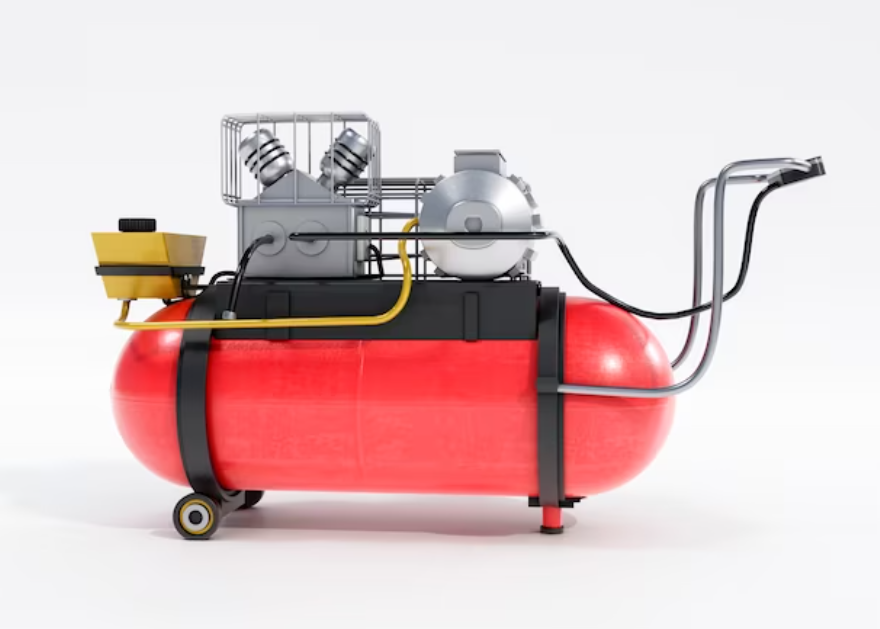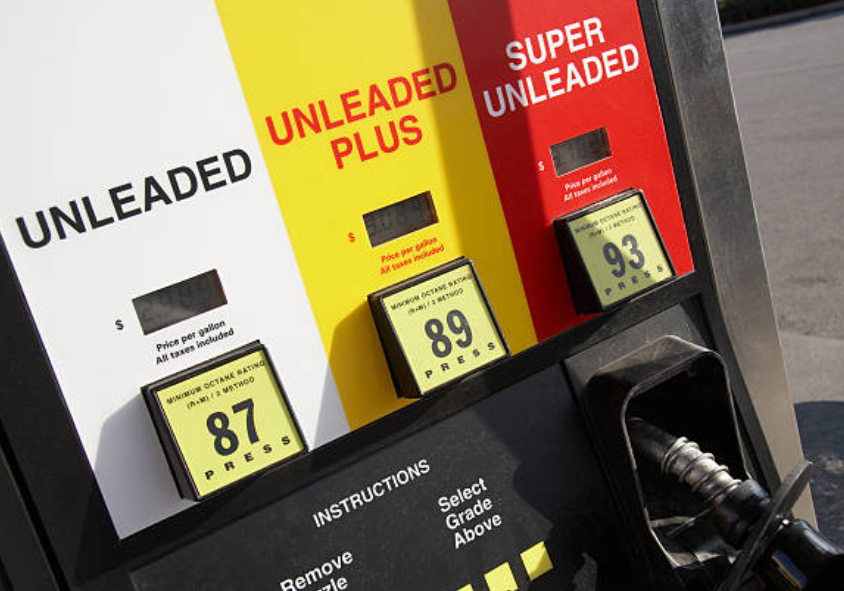Understanding Brake Pad Replacement Cost
Are you worried that your car brakes need replacing? Knowing what to expect in terms of brake pad replacement cost is an important part of preparing for the expense. From how to detect when it’s time, to understanding how pricing works and what affects overall cost, this post will give you all the information you need to make sure your brakes are serviced properly and your costs remain manageable. Read on for everything you should know about brake pad replacements!
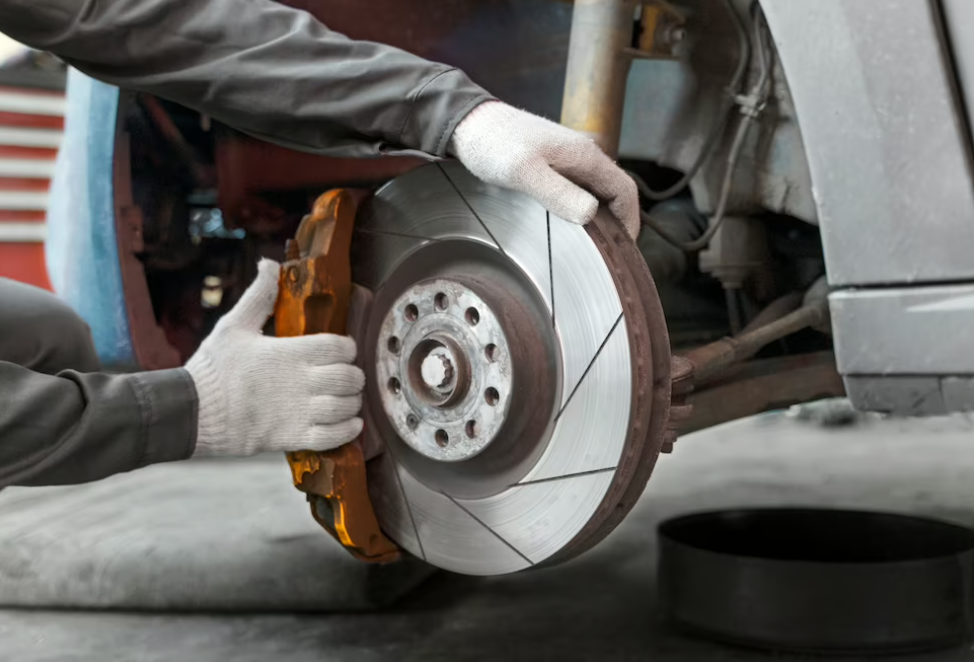
The Basics of Brake Pad Replacement Cost
Brake pad replacement cost can vary depending on factors such as the type and quality of the pads, labor charges, additional component replacements, and the type of vehicle. The cost of brake pads themselves can range from affordable organic pads to more expensive ceramic options. Labor costs will cover the time and expertise required for removing old pads, installing new ones, and making necessary adjustments. Additional expenses may arise if other brake system components like rotors or calipers need attention. Luxury or high-performance vehicles often require specialized brake pads, which can increase the overall cost. DIY installation is an option for those with the skills and tools, but professional installation is recommended for proper and safe results. On average, brake pad replacement can cost between $100 and $300 per axle, and it's important to seek multiple quotes for a fair price while prioritizing regular brake maintenance for safety and vehicle longevity.
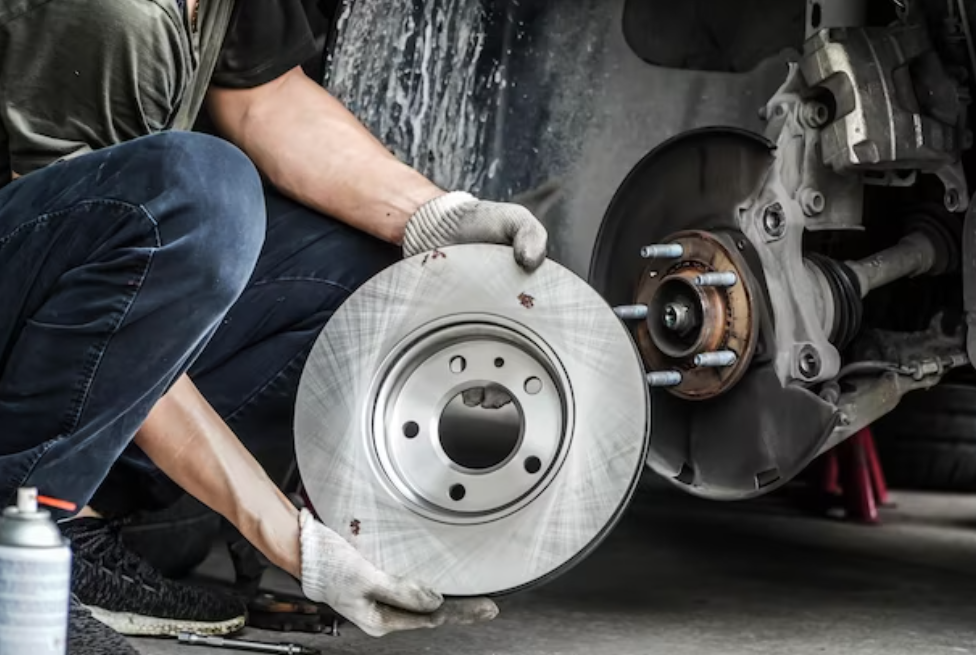
Vehicle Make and Model: Different brake pads of varying types and sizes are required for various cars. Depending on the particular make and model of your car, the price of brake pads might change. Brake pads on high-performance or luxury automobiles may cost more than those on regular passenger cars.
Type of Brake Pads: Brake pads come in a variety of materials, including organic, semi-metallic, and ceramic. Each variety has distinct advantages and pricing points. Ceramic brake pads are often more costly than organic or semi-metallic brake pads but are renowned for their longevity and reduced noise.
Quality of Brake Pads: Brake pads come in different quality levels. Higher-quality pads may be more expensive but can offer better performance, longevity, and braking efficiency. Cheaper brake pads may save you money upfront but may wear out more quickly, requiring replacement sooner.
Labor Charges: The cost of labor can vary depending on the mechanic or repair shop you choose. Labor rates can differ based on location, experience, and reputation. It's advisable to obtain multiple quotes to compare prices and find a reputable mechanic who offers fair pricing.
Additional Components: During a brake pad replacement, other components such as rotors, calipers, brake lines, or hardware may need attention. If these components are worn or damaged, they may require resurfacing or replacement, adding to the overall cost of the brake pad replacement.
Warranty: Some brake pad manufacturers offer warranties that cover defects or premature wear. Higher-quality pads may come with longer warranty periods but may have a higher upfront cost. Consider the warranty coverage and its impact on the overall cost when selecting brake pads.
DIY vs. Professional Installation: You might choose to replace the brake pads yourself to save money on labor if you have the necessary knowledge and equipment. To guarantee correct installation and safety, it's advisable to have a professional technician execute the replacement if you lack knowledge or trust in your skills.
To ensure a quality brake pad replacement, it is important to take several steps. Firstly, choose high-quality brake pads from reputable manufacturers that meet or exceed OEM specifications. Consider the type of pads that best suit your needs and driving style. If you lack experience or confidence in your abilities, consult with a professional mechanic and select a reputable repair shop specializing in brake system repairs. Have the mechanic inspect other brake components and address any underlying issues. Whether performing the replacement yourself or relying on a professional, follow proper installation techniques according to manufacturer instructions. Test the braking performance after the replacement and address any concerns promptly. Lastly, follow the recommended maintenance schedule to prolong the life of your new brake pads. By following these steps, you can ensure a quality brake pad replacement and maintain optimal braking performance and safety.
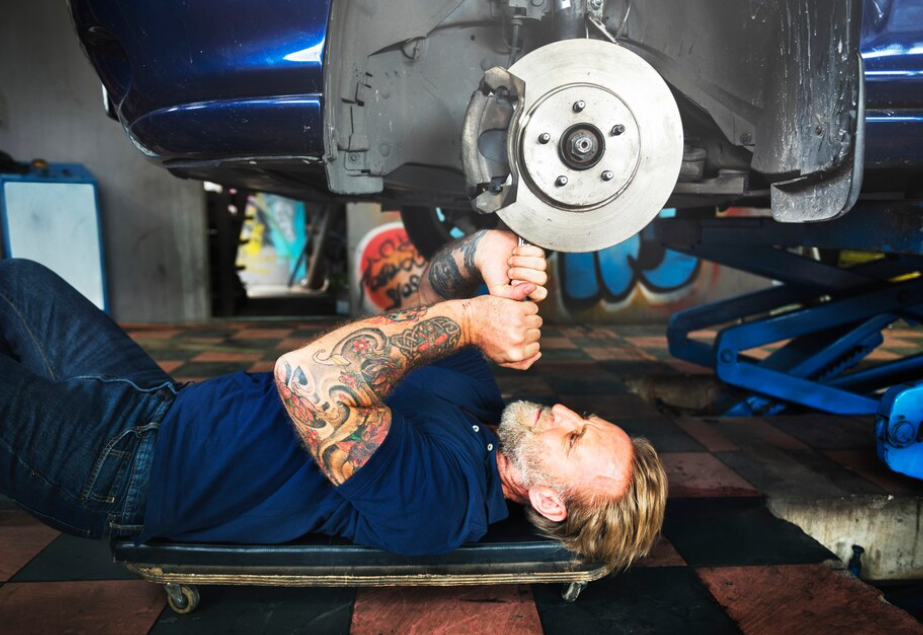
Research and Compare Prices: Take the time to research different brands and types of brake pads to find a balance between quality and affordability. Compare prices from multiple suppliers or repair shops to get the best deal.
Avoid Dealership Markup: Dealerships often charge higher prices for parts and labor. Consider independent repair shops or trusted mechanics who can provide quality service at a lower cost.
DIY if Possible: If you have the necessary skills, tools, and confidence, consider replacing the brake pads yourself. This can save on labor costs, but only attempt it if you are familiar with the process and have prior experience working on brakes.
Opt for Mid-Range Pads: While high-end brake pads may offer superior performance, mid-range options can still provide adequate stopping power and durability at a more affordable price point. Consult with experts or read reviews to find reliable mid-range brake pads.
Take Advantage of Specials and Discounts: Keep an eye out for promotions, discounts, or coupons offered by auto parts stores or repair shops. These can help reduce the overall cost of brake pad replacement.
Regular Maintenance and Inspection: Practicing regular brake maintenance can help extend the life of your brake pads. Follow the manufacturer's recommended maintenance schedule, and have your brakes inspected regularly. Catching and addressing issues early on can prevent costly repairs down the line.
Don't Neglect Other Components: During brake pad replacement, have other brake components, such as rotors and calipers, inspected. Addressing any necessary maintenance or repairs alongside the pad replacement can save on future labor costs.
Consider Remanufactured or Rebuilt Components: Remanufactured or refurbished brake parts, such as calipers or rotors, might occasionally be a more affordable choice than brand-new ones. To find out whether these choices are appropriate for your car, speak with a reputable technician.
-
How can I ensure a fair price for brake pad replacement?
To ensure a fair price, obtain multiple quotes from different mechanics or repair shops. Compare prices, consider the reputation and expertise of the service providers, and ensure that the quotes include all necessary parts and labor.
-
Can I replace brake pads myself to save on labor costs?
If you possess the required abilities, equipment, and expertise, you can replace brake pads on your own. However, it's crucial to keep in mind that repairing your car's braking system calls for technical know-how. To guarantee correct installation and safety, it's preferable to leave the brake pad change to a qualified mechanic if you're hesitant.
View another article here: The 10 Best Back Seat Covers For Car Seats Of 2023



